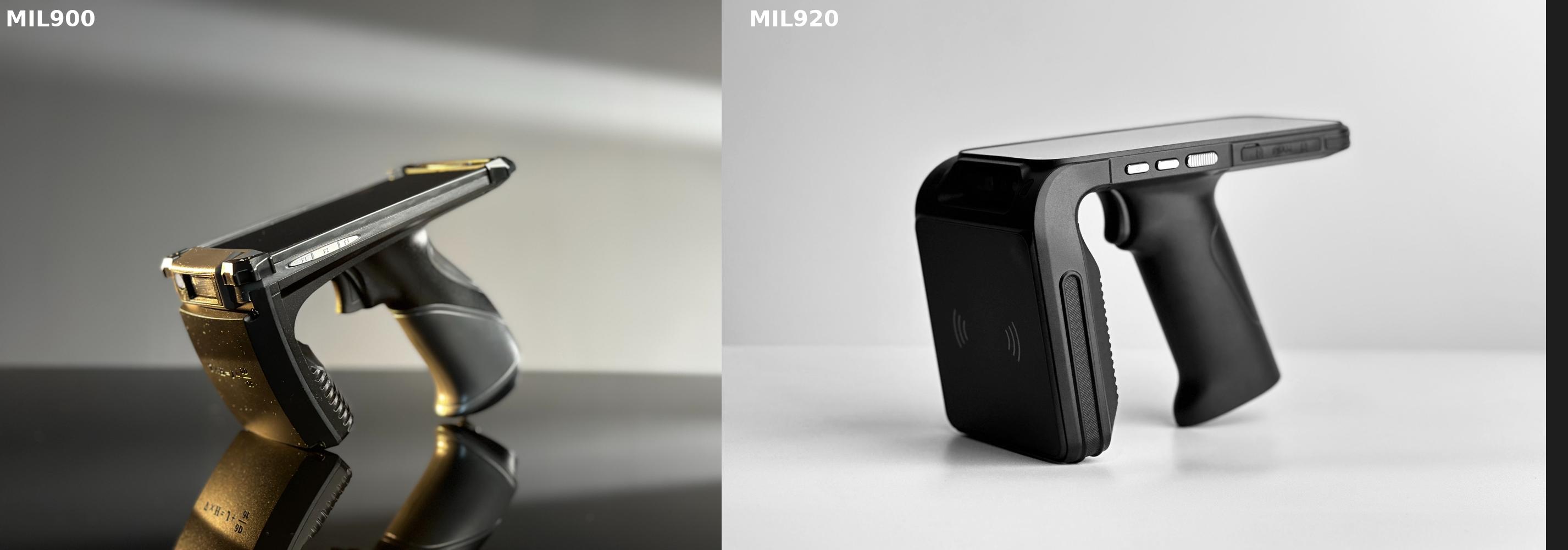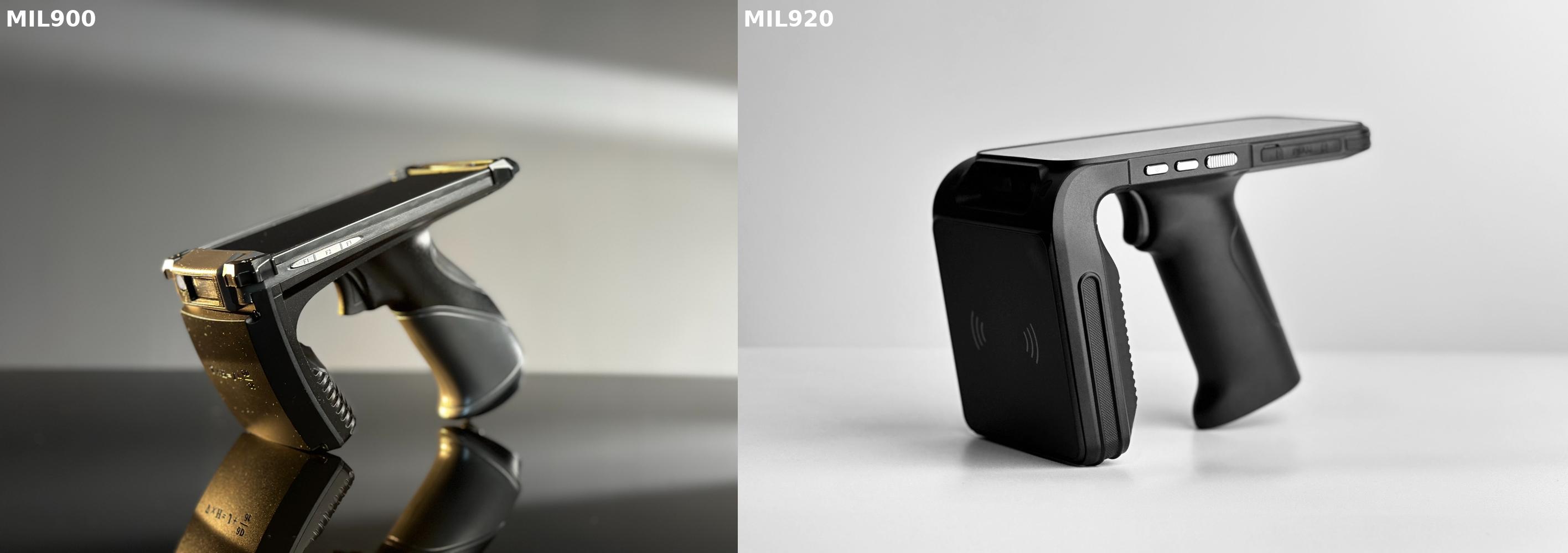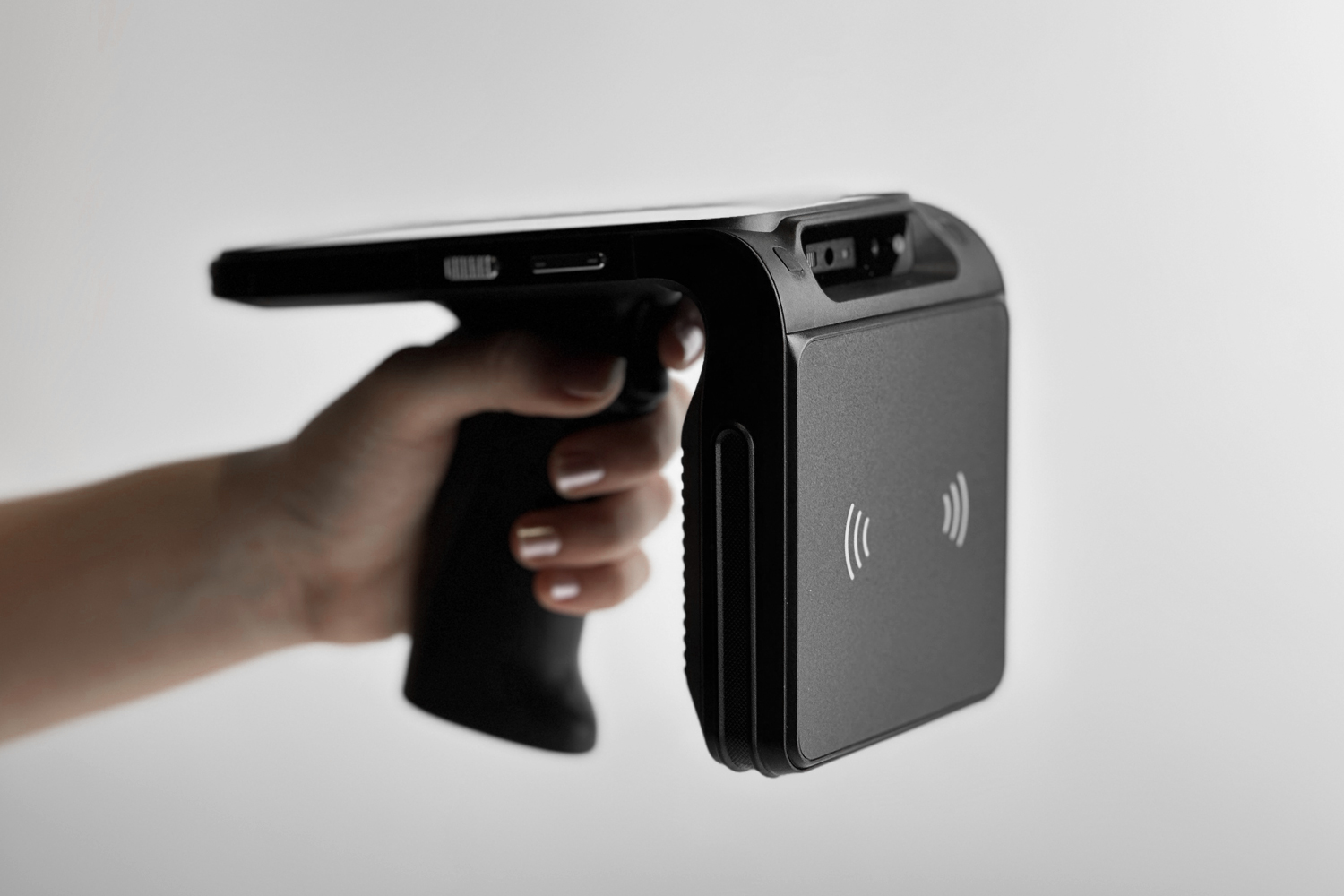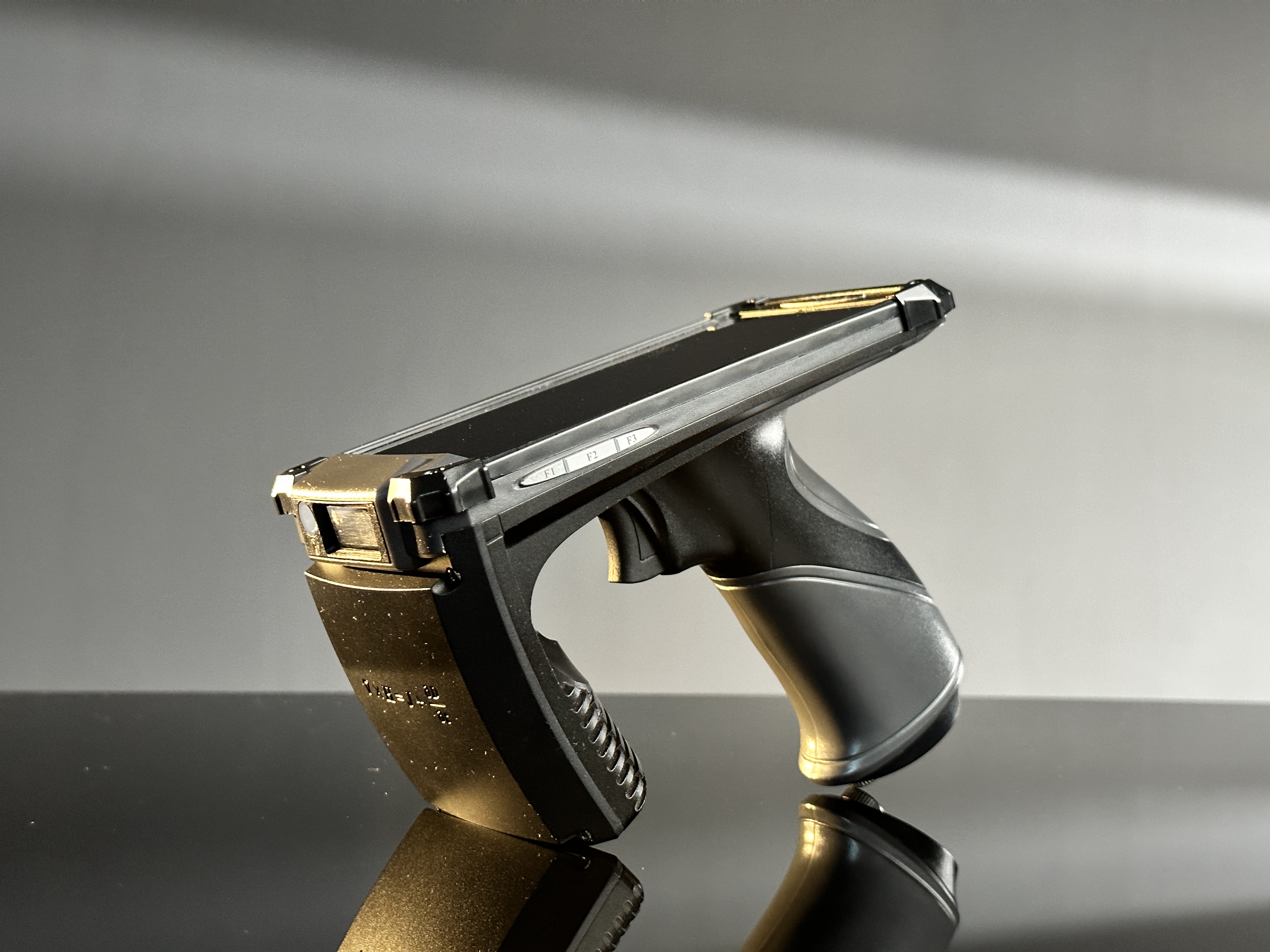Comparison of RFID MIL900 and MIL920

RFID MIL900 and MIL920 are two important frequency standards used in systems. Both standards offer different features and applications. In this article, we will compare the features, advantages, and disadvantages of RFID MIL900 and MIL920.
1. Operating Frequency
RFID MIL900 operates in the 900 MHz band, while RFID MIL920 operates in the 920 MHz band. These frequency differences are significant factors that affect the performance and range of both technologies.
MIL900: Due to its wide reading range, tags can be read from greater distances. This feature is particularly advantageous when working in large warehouses or open areas.
MIL920: Its operation in a narrower frequency range means less interference and more stable communication. This is a critical factor in applications involving high volumes of data.

2. Data Transmission Speed
Data transmission speed is another important parameter that determines the efficiency of RFID systems.
MIL900: Typically offers lower data transmission speeds, which may be sufficient for simpler applications. Applications like inventory management can still function effectively with lower speeds.
MIL920: Provides higher data transmission speeds, making it ideal for more complex and data-intensive applications. For example, in industries like automotive or healthcare, fast data transfer is critical.
3. Application Areas
Application areas determine the conditions under which RFID technology is preferred.
MIL900: Typically used in large areas, inventory management, warehouse tracking, material management, and logistics processes. Due to its large reading range, this technology enables quick reading of tags in large areas. Additionally, it offers cost-effective solutions, making it accessible to small businesses.
MIL920: Developed for more precise and security-focused applications. It meets high-speed data transfer and security requirements in industries such as automotive, healthcare, and security systems. For example, it is preferred in applications like medication tracking in hospitals or identity verification in security systems.

4. Security and Power Consumption
Security is critical, especially for applications involving financial transactions and sensitive data.
MIL920: Offers more advanced encryption methods, enhancing data security. With bidirectional communication, users can both send and receive data, which is a significant advantage in terms of security. These features make it a preferred option for systems dealing with financial transactions or sensitive data.
MIL900: While sufficient for general security needs, it may be less suitable for applications requiring high security. In terms of power consumption, MIL920 generally operates with lower power consumption. This offers a significant advantage in terms of battery life, making it a preferred choice for mobile applications.

5. Cost and Availability
MIL900: Generally offers a lower-cost solution. This allows small businesses or early-stage projects to more easily adopt RFID technology. Due to its wide user base, finding spare parts and technical support is easier.
MIL920: Due to its more advanced technologies, it generally comes with a higher cost. However, the high speed and security it provides make it worthwhile for large-scale and security-focused projects.
Conclusion!
RFID MIL900 and MIL920 each offer significant technological solutions with their own unique advantages and application areas. The choice of which RFID standard to use depends on the requirements of the application, security needs, and budget. MIL900 is effective for large-area applications, while MIL920 is more suitable for applications that require high security and speed. Determining the RFID solution that best suits your needs is critical for improving your business's efficiency. Understanding the advantages of RFID technology will help you make the right choices and gain competitive advantages.
Labels: mil900, mil920, 900, 920, mobil okuyucular. farklar, kıyaslama, mil900 ve mil920
November 15, 2024
Return to List